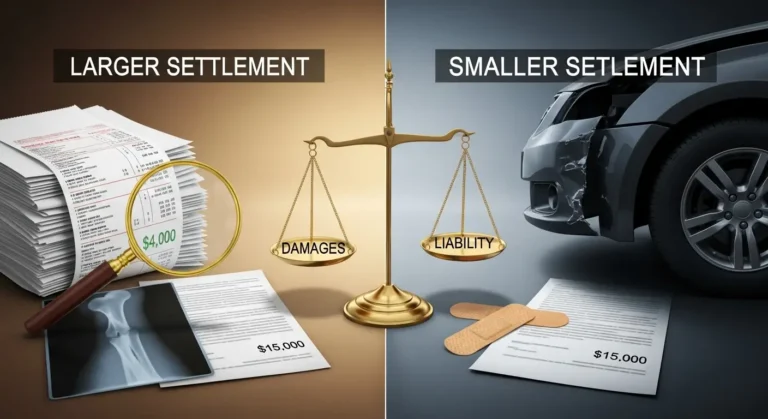Staring down the barrel of tax debt can be intimidating, filled with anxiety and uncertainty. It’s a burden that affects countless Americans, leaving many unsure about how to navigate the complex pathways to financial relief. Tax debt does not just disappear; understanding your options is crucial to finding your way out of this stressful situation. In this piece, we’ll explore the various strategies you can employ to manage and overcome your tax liability.

Understanding Tax Debt and Its Potential Impacts
Tax debt accrues when individuals or businesses owe unpaid taxes to the government. This can result from a variety of situations, including unpaid income taxes, underreported earnings, or errors in tax returns. Initially, the Internal Revenue Service (IRS) will notify taxpayers of their due amount via a bill, signaling the start of a process that could be lengthy and complicated.
Notably, tax debt can also lead to emotional and psychological stress. The constant worry about resolving your tax situation may affect your personal relationships and mental well-being. However, the government understands that financial hardship can prevent taxpayers from fulfilling their obligations, which is why mechanisms are in place to assist those in need.
Leveraging these mechanisms for tax debt relief requires a thorough understanding of available options and eligibility criteria. By comprehensively evaluating your financial situation, you can choose an appropriate path to tackle your tax debt strategically and alleviate the associated stress.
Navigating IRS Payment Plans for Tax Debt Relief
For those unable to pay their tax debt in full, the IRS offers payment plan options. These plans allow taxpayers to pay off the debt over time, making the amount owed more manageable. To apply for an installment agreement, you must file all required tax returns and determine the most suitable payment plan type based on your unique situation scrap metal traverse city mi.
Short-term payment plans offer a quick resolution for those who can pay their balance within 120 days, while long-term installment agreements extend the payment period beyond that. When setting up a long-term payment plan, taxpayers can choose between making monthly payments via direct debit, which may reduce penalties, or through non-direct debit options.
While setting up a payment plan can offer much-needed relief, it’s essential to adhere to the terms of the agreement. Defaulting on an installment plan can lead to reinstatement of the full tax balance and additional penalties. Therefore, ensuring the monthly payment amount is sustainable over the plan’s lifetime is critical.
The Role of Offer in Compromise in Settling Tax Debts
An Offer in Compromise (OIC) is a program the IRS offers that allows taxpayers to settle their tax debt for less than the full amount owed. This can be a viable option for those who cannot pay the full tax liability due to financial hardship or exceptional circumstances. However, it’s important to note that not everyone will qualify for an OIC, as the IRS considers your ability to pay, income, expenses, and the equity in your assets.
To apply for an OIC, taxpayers must submit a detailed application, which the IRS will thoroughly review. The process includes dissecting your financial information to determine a reasonable collection potential. Often, securing an OIC is challenging and requires a well-documented case that proves paying the full amount of tax debt is not feasible.
Successful OIC agreements often result from negotiation, presenting a compelling argument to the IRS and demonstrating that the offer is the most the agency can expect to collect within a reasonable period. Consulting with a tax professional can significantly improve the chances of an OIC acceptance by ensuring all necessary documentation and rationale are appropriately presented.
Tax Debt Forgiveness: Eligibility and Application Process
Tax debt resolution can include forgiveness programs that may reduce or eliminate liabilities for individuals facing exceptional circumstances or severe financial hardship. Eligibility is strict, and to qualify, taxpayers must comply with all filing requirements and submit accurate tax returns with necessary supporting documents.
The IRS evaluates each forgiveness application based on the taxpayer’s ability to pay, income, living expenses, and asset equity. Generally, forgiveness is granted if the full debt would lead to significant financial distress or if there’s doubt about the tax liability’s accuracy. To improve your chances of success, review updated IRS guidelines and consider consulting with tax professionals to find suitable programs for your situation.
While tax debt can seem like an insurmountable obstacle, there are several paths to resolution that taxpayers can explore. It’s essential to be proactive, understand the available options, and, when necessary, enlist the help of professionals to navigate resolution strategies. By taking considered and informed actions, you can overcome tax debt and regain financial stability.







